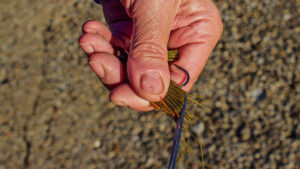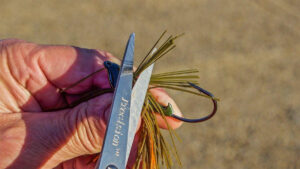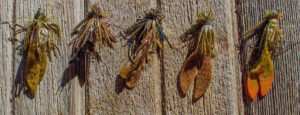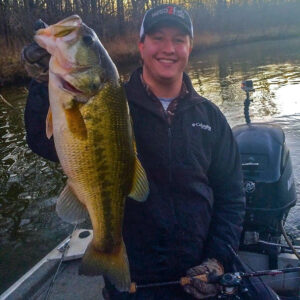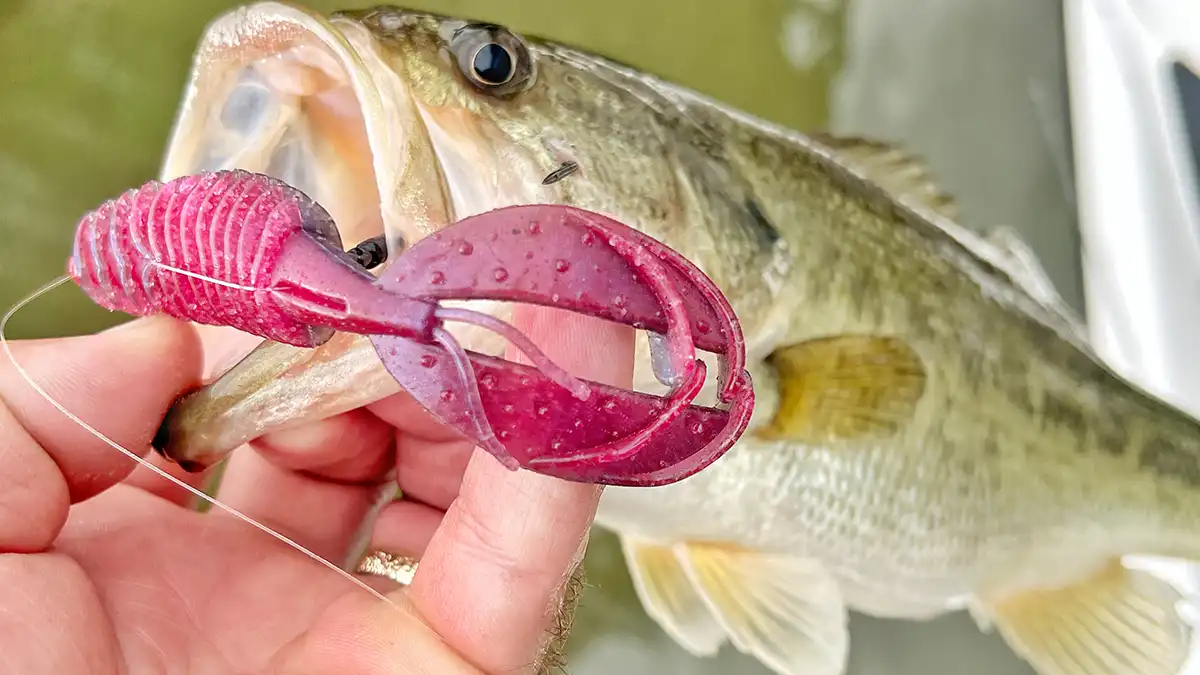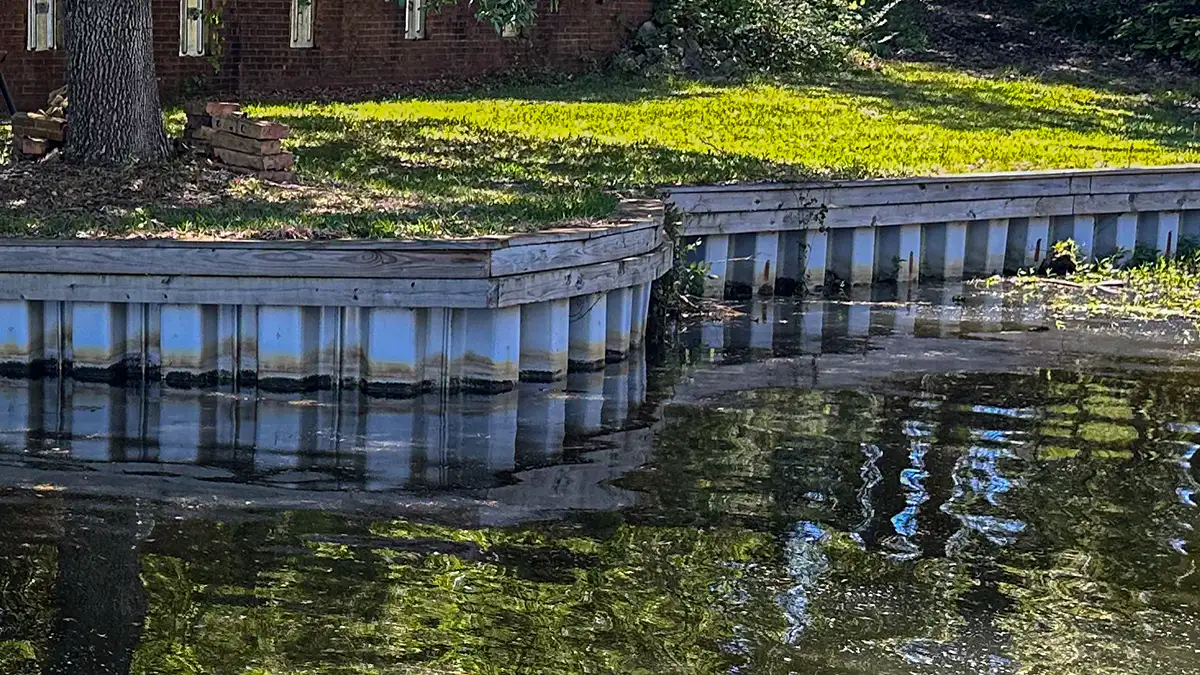When it comes to fooling coldwater bass, few lures are more effective than a jig. Regardless of your preferred brand or model, there are several steps you can take to increase your odds of fooling a lot of lethargic bass this winter. A few modifications can pay big dividends on the water.
No. 1: Tight skirts
There are two trains of thought when jig fishing throughout the winter; some anglers like to go big while other anglers go small. If you’re trying to win a tournament, using bulky jigs like a Buckeye Mop Jig very well may be the route you’d want to follow. When I go fishing in the winter, however, I typically just want to catch a few bass. For this reason I take the opposite approach and downsize my jigs to get more bites.
A trip to Tackle Warehouse will reveal a plethora of finesse jig options that are ready to fish right from the package. But you can also use a pair of scissors to modify old jigs in your tackle box and make them more in tune with the winter conditions.
The first step I take is to trim the skirt.
Start by bunching your entire skirt tightly so you can hold it in your thumb and forefinger. From here, take your scissors and make two angled cuts below the bend of your hook. Bass fishing legend Denny Brauer has long stressed the importance of making these angled cuts when trimming your jig skirt to make it look more natural. This will make your jig’s profile much smaller and more appealing to a bass that wants a quick snack without expending a lot of energy.
If you want to make the jig even smaller, pinch the skirt below the collar and flip the jig upside down. Trim the jig strands above the collar down to a half-inch or less to give it a more traditional finesse jig look. Not only will this make the jig appear smaller, it also makes the flare of the jig skirt more subtle, which is what you want in coldwater scenarios.
No. 2: Thin, don’t trim, the weed guard
I’m not usually targeting heavy cover here in the Midwest when fishing throughout the winter, so an ultra-heavy weed guard isn’t a necessity. In fact, you can make your jig a lot less bulky by thinning out the weed guard.
Long ago I heard a tip from Elite Series pro Greg Hackney explaining how he thins his weed guards instead of trimming them to shorten their length. Hackney believed shortening the weed guard actually makes the strands stiffer, which could compromise penetration on a hook set. There are few anglers on this planet who know more about jigs than Hackney, so I have always followed his advice, especially when targeting winter bass.
No. 3: Don’t go nuts with your trailers
Altering your trailer may be the most important change when it comes to coldwater jig fishing. I am trying to mimic a crawfish 100 percent of the time when fishing a finesse jig in the winter months.
Crawfish, along with everything else in the water, become much less active during the winter months. No aquatic creatures are moving around quickly—bass and crawfish included. Knowing this, I try to use plastic trailers that have a very subtle action; trailers that slowly undulate as opposed to something with an aggressive thumping action which displaces a lot of water.
Using a non-intrusive trailer like a Zoom Big Salty Chunk, a Super Chunk Jr. or a V&M Twin Tail Grub will help you finesse your way into more bites this winter and into the early spring.
If the winter weather has brought tough fishing in your area follow these steps to downsize a few of your favorite jigs. A small change in profile, appearance and action may be all you’ll need to get a few more bites on your next day of fishing.



